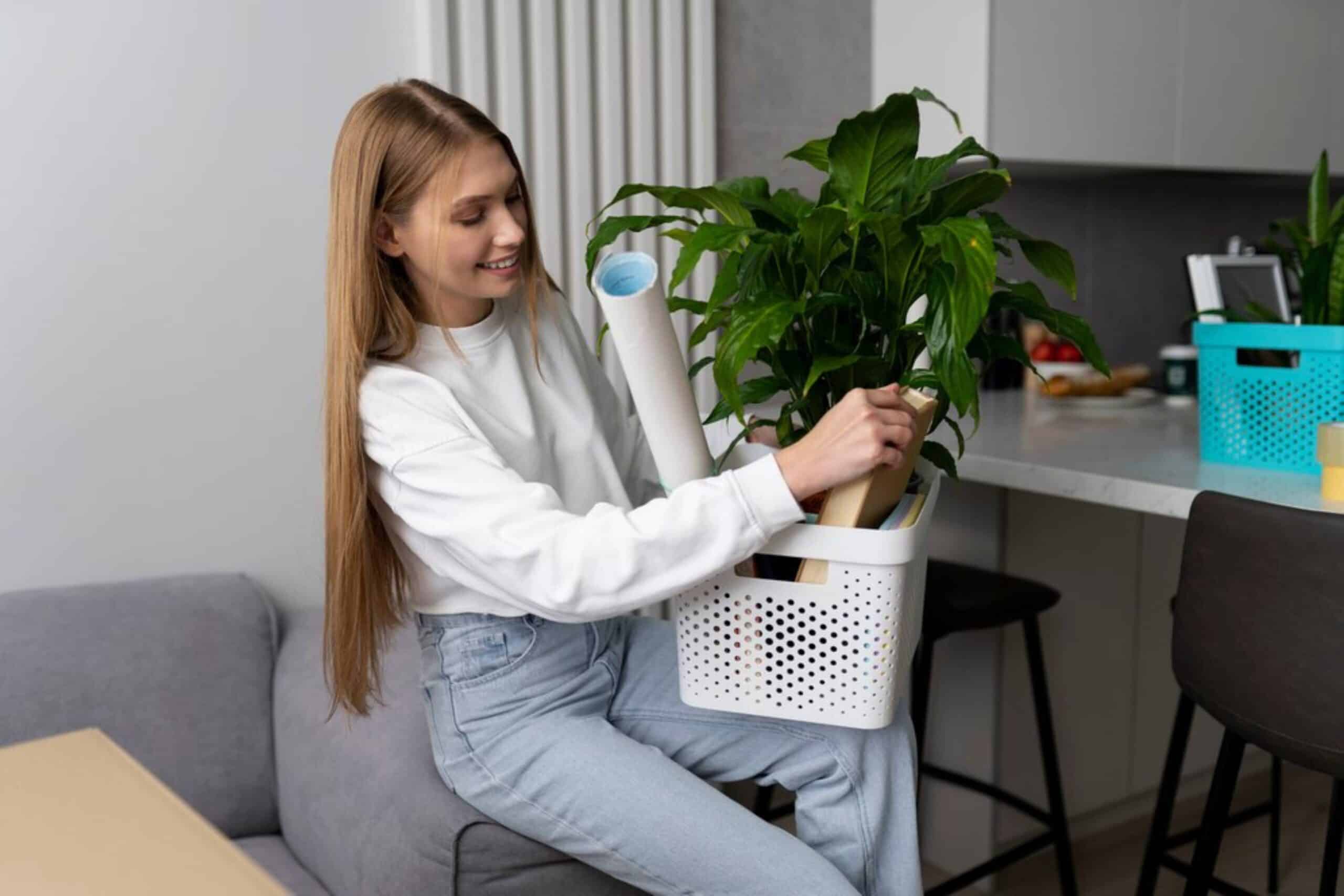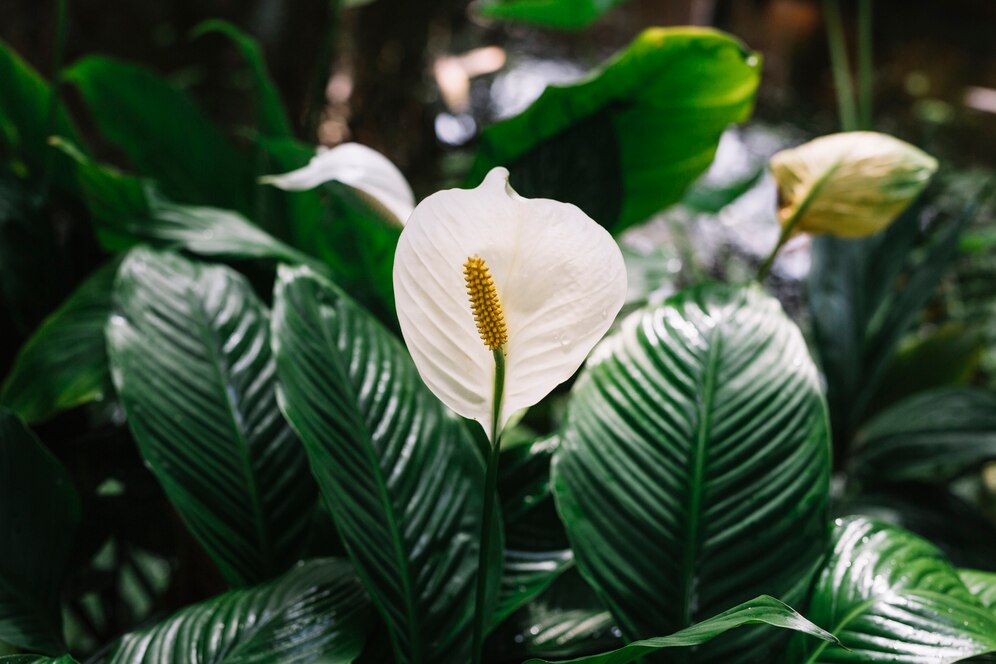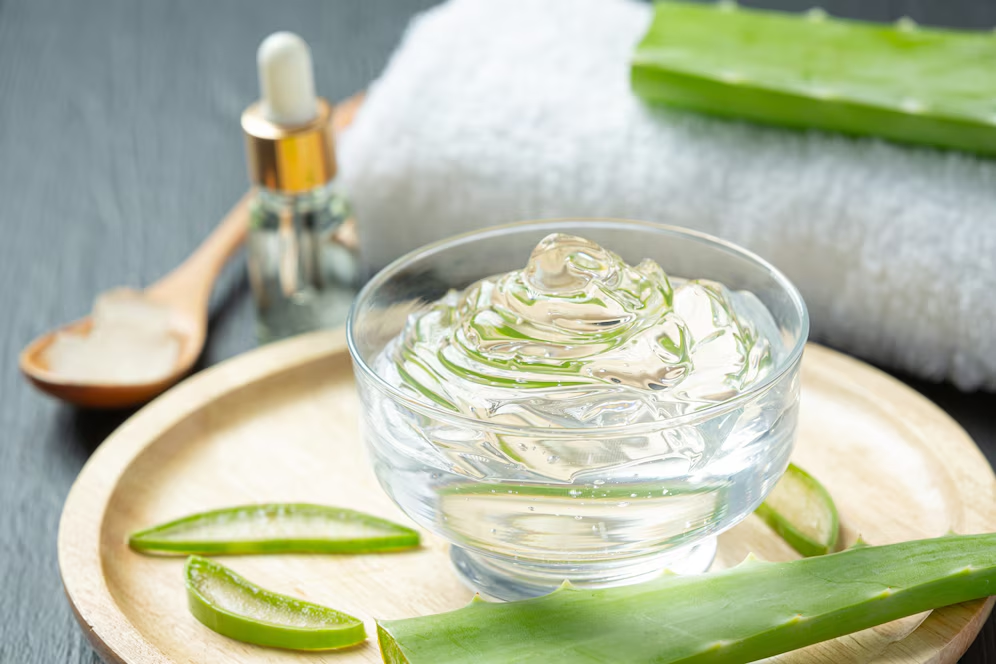
Indoor Plants That Boost Wellness and Air Quality
Wellness-centred design involves creating a home that supports your physical and mental well-being. Adding indoor plants is one of the easiest and most practical ways to add life to your living space. These leafy friends do more than elevate your interior decor — they also provide genuine health benefits, from purifying the air to lifting your mood.
In this blog, we’ll see how indoor plants help create a healthy home environment, including wellness plants, their design, and practical tips on how to integrate them into your space.
Why Indoor Plants Belong in a Wellness-Centred Home
Wellness design focuses on creating a home that supports health, relaxation, and productivity. The biophilic element—our natural human tendency to seek connection with nature—is an essential part of this approach. Indoor plants are a direct extension of that principle.
Key Benefits of Indoor Plants:
- Air purification: Many indoor plants filter toxins like formaldehyde, benzene, and trichloroethylene.
- Humidity regulation: Plants release moisture into the air, preventing dry skin and respiratory discomfort.
- Stress reduction: Studies have shown that caring for plants can reduce cortisol levels and increase feelings of calm.
- Improved focus and productivity: Greenery enhances cognitive function and concentration.
- Enhanced aesthetics: A more beautiful space encourages positivity and relaxation.
Air-Purifying Plants You Can Count On
NASA’s Clean Air Study famously revealed that many common houseplants effectively filter harmful indoor pollutants. Here are some top picks:

1. Peace Lily (Spathiphyllum)
- Air quality: Excellent at removing ammonia, benzene, and formaldehyde.
- Bonus: Beautiful white blooms; thrives in low light.
- Care level: Easy; keep the soil moist and avoid direct sunlight.
2. Snake Plant (Sansevieria trifasciata)
- Air quality: Removes toxins and produces oxygen even at night.
- Bonus: Very tolerant of neglect.
- Care level: Extremely low maintenance.
3. Spider Plant (Chlorophytum comosum)
- Air quality: Known for removing carbon monoxide and xylene.
- Bonus: Safe for pets.
- Care level: Easy; enjoys indirect light.
4. Areca Palm (Dypsis lutescens)
- Air quality: Natural humidifier.
- Bonus: Elegant feathery fronds.
- Care level: Moderate; needs light and regular watering.
5. Aloe Vera

- Air quality: Removes benzene and formaldehyde.
- Bonus: Gel can be used for cuts and skin care.
- Care level: Low; likes bright, indirect light.
Plants That Promote Mental Wellness
While air-purifying abilities are essential, some plants offer exceptional mental wellness benefits.
Lavender
- Mental benefit: Known for its calming scent, it reduces anxiety and improves sleep.
- Care tips: Needs sunlight and well-drained soil.
Rosemary
- Mental benefit: Enhances memory and cognitive alertness.
- Care tips: Keep in a sunny spot; allow soil to dry between watering.
Jasmine
- Mental benefit: The scent has been linked to better sleep and reduced anxiety.
- Care tips: Needs bright light and regular watering.
Basil (Ocimum basilicum)
- Mental benefit: Some studies suggest anti-depressant properties.
- Care tips: Needs warmth and moisture; trim regularly.
Creating a Plant-Friendly Interior Design
Integrating Plants into Your Wellness-Centred Home
Aim for balance, beauty, and practicality when incorporating indoor greenery into your design. Here’s how:
1. Choose the Right Location
- South-facing windows are great for sun-loving plants.
- Low-light corners suit snake plants or peace lilies.
2. Use Creative Containers
- Repurpose ceramic bowls, baskets, or vintage mugs.
- Try wall-mounted planters or hanging baskets to save space.
3. Style with Intention
- Cluster plants in odd numbers (e.g., groups of three).
- Vary leaf textures and heights to create visual interest.
4. Ensure Accessibility
- Place herbs in the kitchen for easy use.
- Position plants where you can see and engage with them daily.
Tips for Maintaining Indoor Plants with Ease
For your indoor garden to flourish, it needs ongoing care. Here are tips for keeping your greenery in top shape:
Light
- Check if your plants prefer direct, indirect, or low light.
- Rotate pots to encourage even growth.
Watering
- Overwatering is the top plant killer. Always check soil moisture first.
- Use self-watering pots if you’re frequently away.
Feeding
- Fertilise monthly during spring and summer.
- Use natural compost when possible.
Pest Management
- Wipe leaves regularly to keep them clean.
- Treat infestations early with neem oil or insecticidal soap.
Common Concerns and Solutions
Which indoor plants are best for beginners?
Snake plants, pothos, and spider plants are excellent for beginners due to their resilience and low care needs.
Are indoor plants safe for pets?
Some are spider plants and areca palms. Always double-check before bringing a plant home if you have pets.
How many plants do I need for good air quality?
NASA suggests at least one plant per 100 square feet. But even a few can make a noticeable difference.
Can indoor plants improve my mental health?
Yes. Studies show that greenery can reduce stress, improve mood, and increase focus and productivity.
Cultivating a Healthier, Happier Home
It isn’t just about decorating; having indoor plants in your home is about creating a haven for your mind and body through the air you breathe. With the right plants and simple upkeep, you can turn your space into a living, breathing part of your wellness practice.
So, if you’re hoping to detoxify your air, boost concentration, or feel more rooted in your home, houseplants are a lovely and practical solution.
So, are you prepared to embark on your green journey? Pick a few beginner-friendly plants and experiment with placement, care, and design. Your body, mind, and lungs will thank you.

